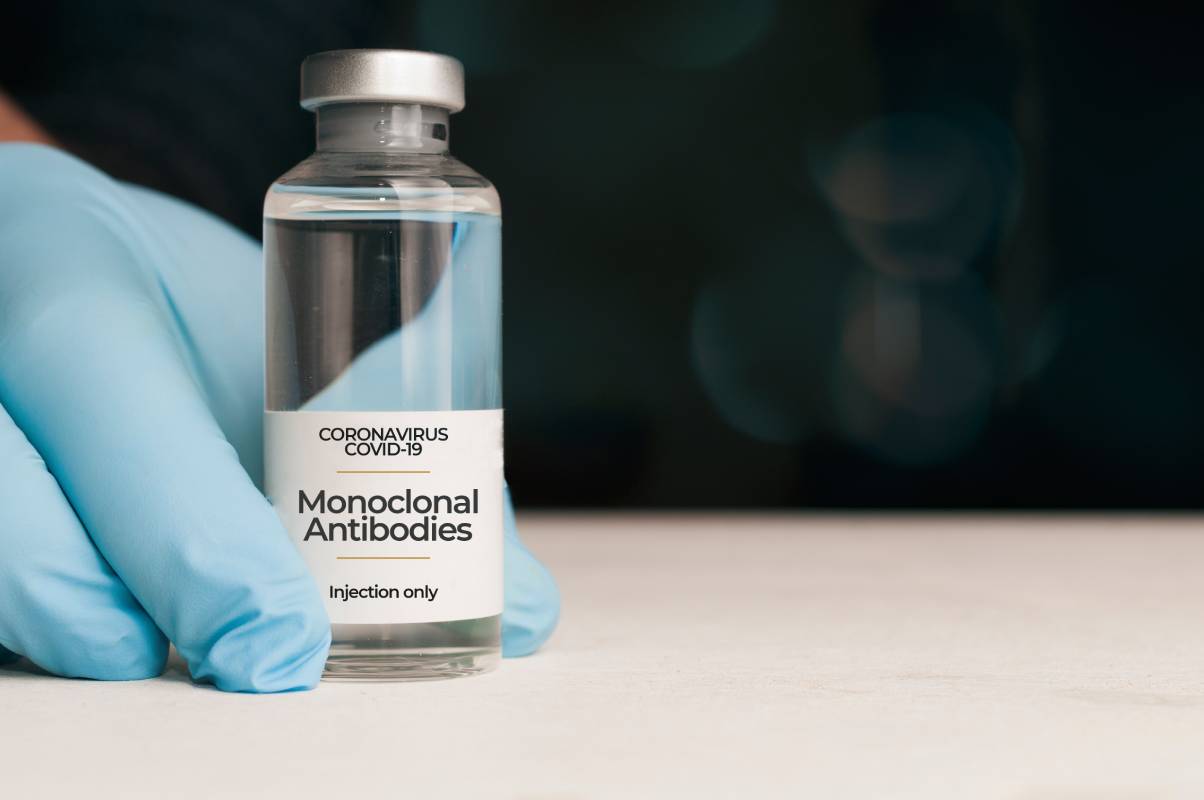Tachyphylaxis, derived from Greek for “rapid protection”, is the progressive decrease in response to a given dose after repeatedly receiving a drug.
Although the global prevalence of drug tachyphylaxis across patient populations remains unclear, it may reach a very high frequency in certain clinical contexts—for example, it may be as high as 33% in the pharmacological treatment of depression 1.
While tachyphylaxis is not dose-dependent, whereby giving a larger dose of the drug does not necessarily restore the maximum effect of the drug 2, tachyphylaxis is characterized by an acute rate sensitivity, which means that it depends more so on how frequently the drug is being given. A high-intensity, prolonged dose or often-repeated dose will more readily result in a diminished response over time.
Tachyphylaxis generally results from cellular depletion. In some cases, the receptors to the drug become less sensitive to it. In other cases, the number of receptors to the drug actually decreases, meaning that there will be fewer spots for the medication to attach to.
At a genetic level, individuals may have slight differences in how they react to and break down medications, which may in some cases predispose them to developing drug tachyphylaxis.
It is important to note that tachyphylaxis reflects the decrease in response that occurs as a result of cellular depletion, whereas drug tolerance describes the decrease in response that results from cellular adaptations 3. Therefore, tachyphylaxis, behavioral tolerance, physiological tolerance, and dispositional tolerance are physiologically distinct phenomena.
Different medications have been known to cause tachyphylaxis. Hydralazine is one such medication, used for high blood pressure, that has been known to lead to tachyphylaxis 4. Certain eye drops, albuterol inhalers, or nasal sprays can also result in tachyphylaxis. Nasal sprays such as oxymetazoline in particular can result in in rebound congestion or inflammation of the nasal mucosa due to adrenoreceptors becoming less affected by nasal decongestants 5. Finally, up to one third of individuals on antidepressants may experience tachyphylaxis, especially for selective serotonin reuptake inhibitors (SSRIs) 1.
Tachyphylaxis has also been noted in response to local anesthetics—as reflected in a decrease in the duration or intensity of a regional block following repeated doses of equal size. Despite being widely reported, however, the mechanisms behind it remain unclear 6,7.
There are a few different ways by which tachyphylaxis can be treated. Providers may prescribe a higher dose, switch to a different medication or add a new medication, or, finally, resort to nonmedication treatments 8.
The best methods to prevent tachyphylaxis remain unclear to date. Some researchers believe that taking a “drug holiday”—abstaining from taking any medications—may help restore a baseline responsiveness to drugs and prevent tachyphylaxis. Into the future, long-term, controlled and independent studies will be crucial to understanding more about this phenomenon and how to manage it.
References
1. Katz, G. Tachyphylaxis/ tolerance to antidepressive medications: A review. Israel Journal of Psychiatry and Related Sciences (2011). doi: 10.1111/j.1440-1819.2011.02231.x.
2. Mechanisms of tolerance and tachyphylaxis | Deranged Physiology. Available at: https://derangedphysiology.com/main/cicm-primary-exam/required-reading/variability-drug-response/Chapter 221/mechanisms-tolerance-and-tachyphylaxis. (Accessed: 8th November 2022)
3. Svensson, C. K. Attenuation of Response to Repeated Drug Administration: A Proposal for Differentiating Tachyphylaxis and Tolerance. J. Pharmacol. Exp. Ther. 381, 22–32 (2022). doi: 10.1124/jpet.121.000978. Epub 2022 Jan 18.
4. Herman, L. L., Bruss, Z. S. & Tivakaran, V. S. Hydralazine. xPharm Compr. Pharmacol. Ref. 1–5 (2022). doi:10.1016/B978-008055232-3.61893-8
5. Wahid, N. W. B. & Shermetaro, C. Rhinitis Medicamentosa. StatPearls (2022).
6. Lipfert, P., Holthusen, H. & Arndt, J. O. Tachyphylaxis to local anesthetics does not result from reduced drug effectiveness at the nerve itself. Anesthesiology (1989). doi:10.1097/00000542-198901000-00015
7. Kongsgaard, U. E. & Werner, M. U. Tachyphylaxis to local anaesthetics. What is the clinical evidence? A systematic review. Acta Anaesthesiol. Scand. 60, 6–14 (2016). doi: 10.1111/aas.12631.
8. What Is Tachyphylaxis? Definition and Examples – GoodRx. Available at: https://www.goodrx.com/healthcare-access/medication-education/what-is-tachyphylaxis. (Accessed: 8th November 2022)
